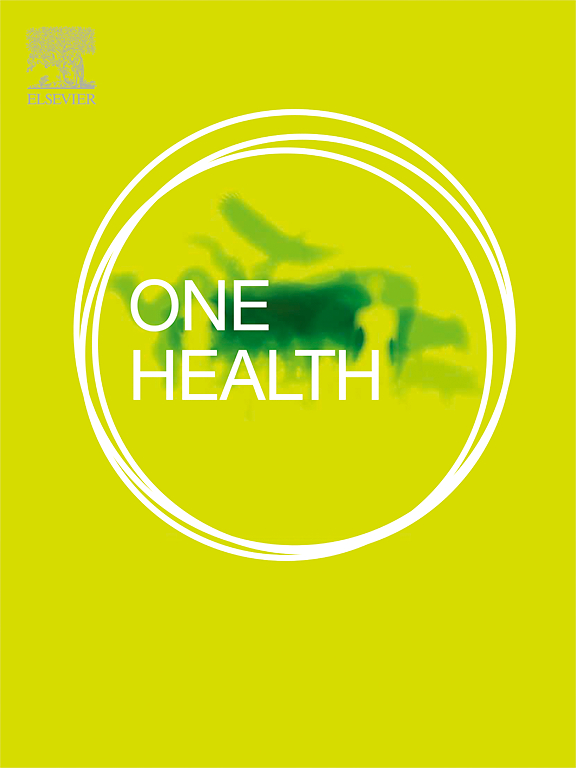Knowledge, attitudes, and practices of Native Americans in northern California regarding ticks and tick-borne diseases
IF 4.1
2区 医学
Q1 INFECTIOUS DISEASES
引用次数: 0
Abstract
Reports of tick-borne diseases (TBDs) are increasing worldwide, particularly in North America where a diversity of endemic and exotic tick species and pathogens occur. Native American populations have unique outdoor cultural and occupational practices that may impact their exposure to ticks, yet this risk remains understudied in the context of TBD. To address this gap, we examined knowledge, attitudes, and practices regarding ticks and TBDs among Native American communities in Humboldt County, California. We conducted semi-structured interviews with participants, who represented various tribes, at a cultural gathering. Cultural practices intertwined closely with outdoor activities (e.g., ceremonies, dances), potentially influencing local tick exposure patterns. Most research participants had been bitten by ticks and reported tick exposure by children and pets. Research participants demonstrated low knowledge about ticks and TBDs, as well as low levels of risk perceptions pertaining to TBDs. Research participants most commonly conducted tick checks after outdoor activity, wore long-sleeved clothing outdoors, and used homeopathic remedies or essential oils to prevent exposure to ticks and TBDs. Culturally appropriate outreach and education initiatives are needed to address TBD risk among Native American communities. Our study lays the groundwork for future research on the intersection of cultural practices and tick exposure, with implications for public health interventions that are tailored to the needs of indigenous populations.
求助全文
约1分钟内获得全文
求助全文
来源期刊

One Health
Medicine-Infectious Diseases
CiteScore
8.10
自引率
4.00%
发文量
95
审稿时长
18 weeks
期刊介绍:
One Health - a Gold Open Access journal.
The mission of One Health is to provide a platform for rapid communication of high quality scientific knowledge on inter- and intra-species pathogen transmission, bringing together leading experts in virology, bacteriology, parasitology, mycology, vectors and vector-borne diseases, tropical health, veterinary sciences, pathology, immunology, food safety, mathematical modelling, epidemiology, public health research and emergency preparedness. As a Gold Open Access journal, a fee is payable on acceptance of the paper. Please see the Guide for Authors for more information.
Submissions to the following categories are welcome:
Virology,
Bacteriology,
Parasitology,
Mycology,
Vectors and vector-borne diseases,
Co-infections and co-morbidities,
Disease spatial surveillance,
Modelling,
Tropical Health,
Discovery,
Ecosystem Health,
Public Health.
 求助内容:
求助内容: 应助结果提醒方式:
应助结果提醒方式:


